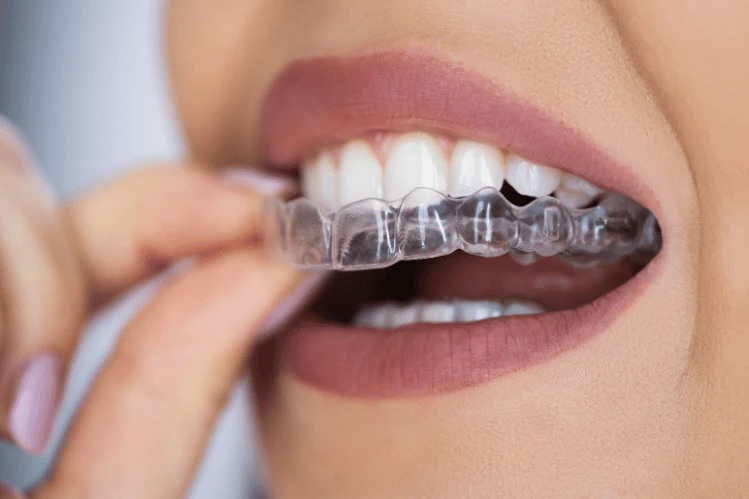What Kind of Dental Issues Can Clear Aligners Fix?
2 min read
Clear aligners have become a popular choice for those seeking to improve their smiles. They offer an almost invisible solution that’s both comfortable and convenient. But what exactly are clear aligners used by a Cary orthodontist?
Let’s delve into the various dental issues that this revolutionary orthodontic treatment can address.
- Overcrowding
Overcrowding happens when there isn’t enough space in the jaw for all of your teeth to fit normally. So, when left untreated, overcrowding can lead to an increased risk of gum disease as cleaning becomes more challenging. With clear aligners, you can effectively shift your teeth into better positions, solving the issue of overcrowding.
- Gaps Between Teeth
Gaps between teeth can occur due to abnormal growth of the jawbone or missing teeth. This can lead to a variety of problems including gum issues and periodontal pockets. In such cases, clear aligners help move the teeth closer together, reducing or eliminating these gaps.
- Overbite and Underbite
An overbite is when the upper teeth bite over the lower teeth, while an underbite is the opposite. Both conditions can lead to jaw pain, worn-down teeth, and difficulties with speech and eating. Clear aligners can help correct these issues by moving the teeth and aligning the jaws properly.
- Crossbite
A crossbite occurs when some of the upper teeth sit inside the lower teeth rather than on the outside. This can cause worn teeth, gum disease, and bone loss. In such instances, clear aligners can help guide teeth into the correct position to correct a crossbite.
- Open Bite
An open bite is when the upper and lower teeth do not touch when the mouth is closed. This can result in difficulty biting and chewing, speech impediment, and even temporomandibular joint disorder (TMJ). Clear aligners can help to gently move the teeth into a position where they properly meet, fixing the open bite.
- Protruding Teeth
Protruding teeth, often caused by thumb sucking or genetics, can be aesthetically displeasing and may cause bite issues. Your dentist will suggest clear aligners to bring these teeth back in line with the others, improving the overall appearance and functionality of your smile.
While clear aligners can treat a wide range of orthodontic issues, they may not be the best solution for everyone. More severe cases, such as extreme overbite or underbite, may require traditional braces or even orthognathic surgery. So, it’s important to have a thorough consultation with an orthodontist to determine the best treatment plan for your specific needs.






